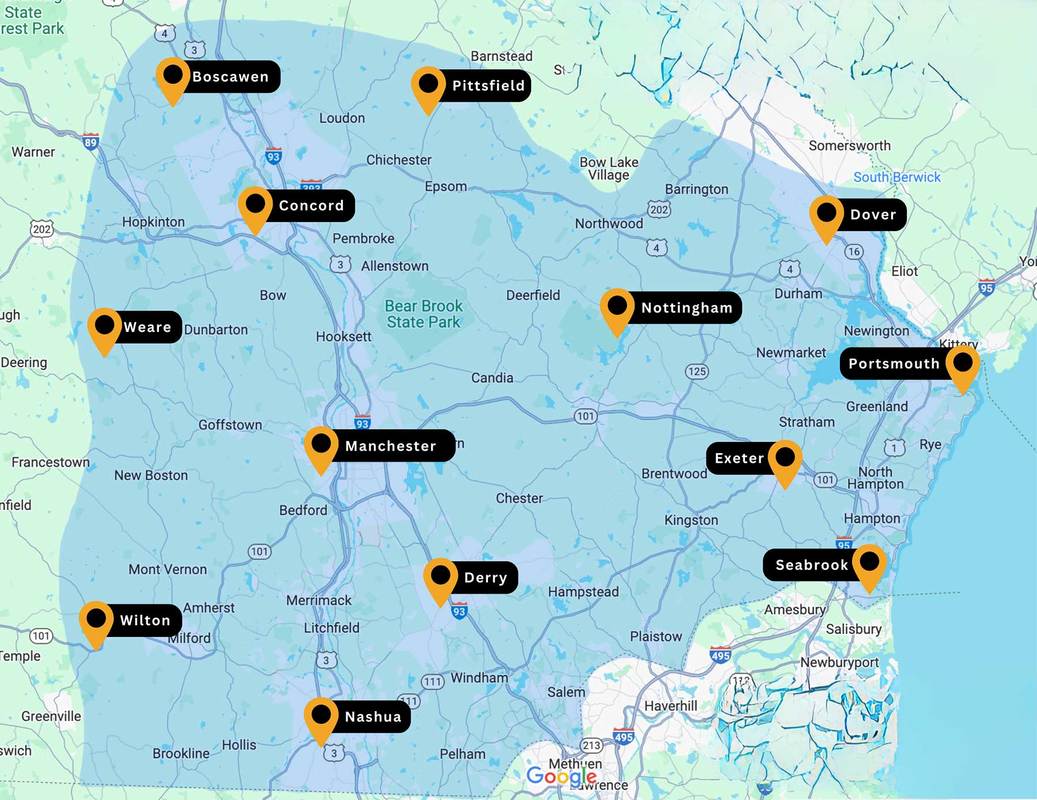One of the things that happen to homes over time is that they become less airtight. Air can infiltrate around windows and doors that aren’t sealed properly. These drafts are uncomfortable and they cost you hundreds of dollars in extra heating or cooling costs.
In the summer months, your air conditioning is working hard to keep the house cool. If your doors have spaces underneath them, cool air will flow right out the door jam and you’re basically cooling your front porch instead.
Warm air from your furnace will find it’s way out through your attic and through windows. In this article, we’ll talk about the ways that you can make your home more energy-efficient and prevent air leakage, helping you save money in the process.
Spray Foam is The Latest Solution For Attic Sealing
 A new type of insulation has become increasingly popular over the last ten years. Spray foam insulation can be sprayed into attics and around doors and windows before the home is finished off on the inside to seal air leak before it happens.
A new type of insulation has become increasingly popular over the last ten years. Spray foam insulation can be sprayed into attics and around doors and windows before the home is finished off on the inside to seal air leak before it happens.
This foam will expand and find its way into cracks and then dry in place. It seals a house as close to airtight as you’d ever want it to be.
The foam also has a great R factor rating, helping to reduce heating and cooling expenses as well. Air leaks are nearly zero when spray foam is used. If you’ve got an older home, holes can be drilled in your walls and roof so that spray foam can be sprayed into your walls after a build.
Caulking Holes For Prevention of Air Loss
 Check around windows to ensure that the caulking is intact and thorough. Caulk can dry and crack over the years and re-caulking your windows, door frames, and around entries for wiring and plumbing will not only keep air from infiltrating your home, but it’ll also keep critters out too.
Check around windows to ensure that the caulking is intact and thorough. Caulk can dry and crack over the years and re-caulking your windows, door frames, and around entries for wiring and plumbing will not only keep air from infiltrating your home, but it’ll also keep critters out too.
Virtually all states have bugs but those who live in the lower half of the United States will want to work harder to keep bugs out and cold air in.
Get a caulk gun and a good caulk that is rated for outdoor use. It takes a little practice to get good at laying a bead of caulk. Don’t worry. You’ve got time to go back and make it look smoother before it dries.
Check Doors For Weather Stripping
 Stand inside your door and look around all the edges with the door closed. Can you see light? Then you need to add weather stripping. If it’s dark, hold a lighter or a candle around the edges of the door to see if the flame dances. If it does, there is still airflow and the stripping needs to be replaced.
Stand inside your door and look around all the edges with the door closed. Can you see light? Then you need to add weather stripping. If it’s dark, hold a lighter or a candle around the edges of the door to see if the flame dances. If it does, there is still airflow and the stripping needs to be replaced.
You can buy new weather stripping for a door very cheaply and it will save you hundreds each year to seal air leak and keeping the air that is inside where it belongs while keeping the elements outside where they belong.
As you see, checking your home for airflow issues isn’t hard and fixing most of the issues aren’t hard either. If you are unsure of where to begin or would like to have a professional company do an inspection of heat and cool air loss, call our pros at Paul The Plumber for solutions today. We’ll be happy to provide you with options for saving you energy.







